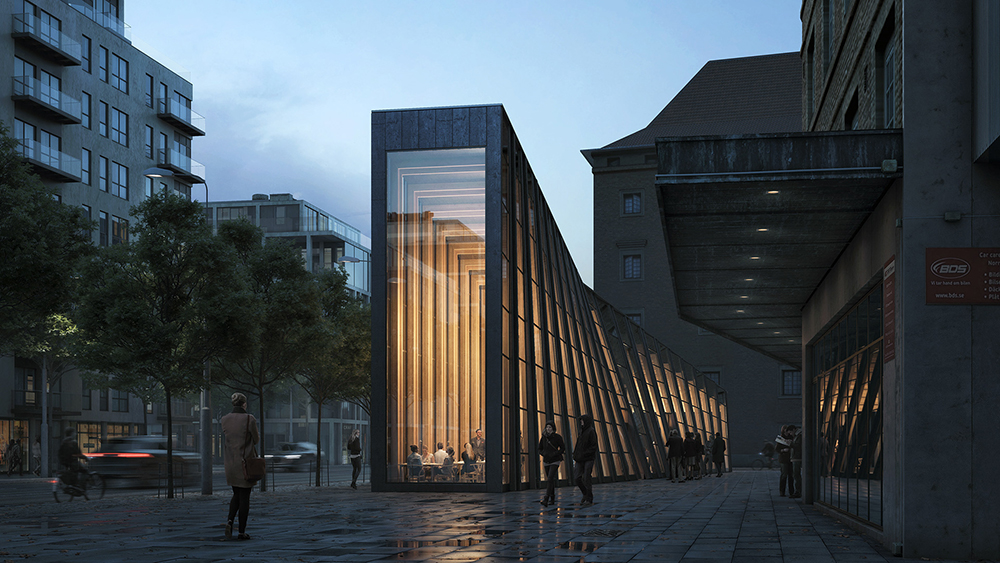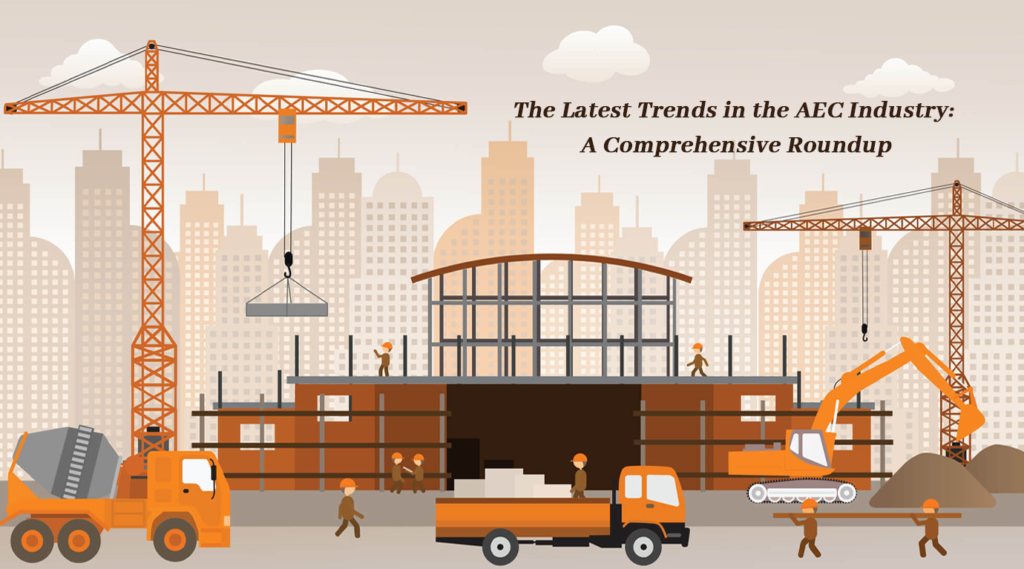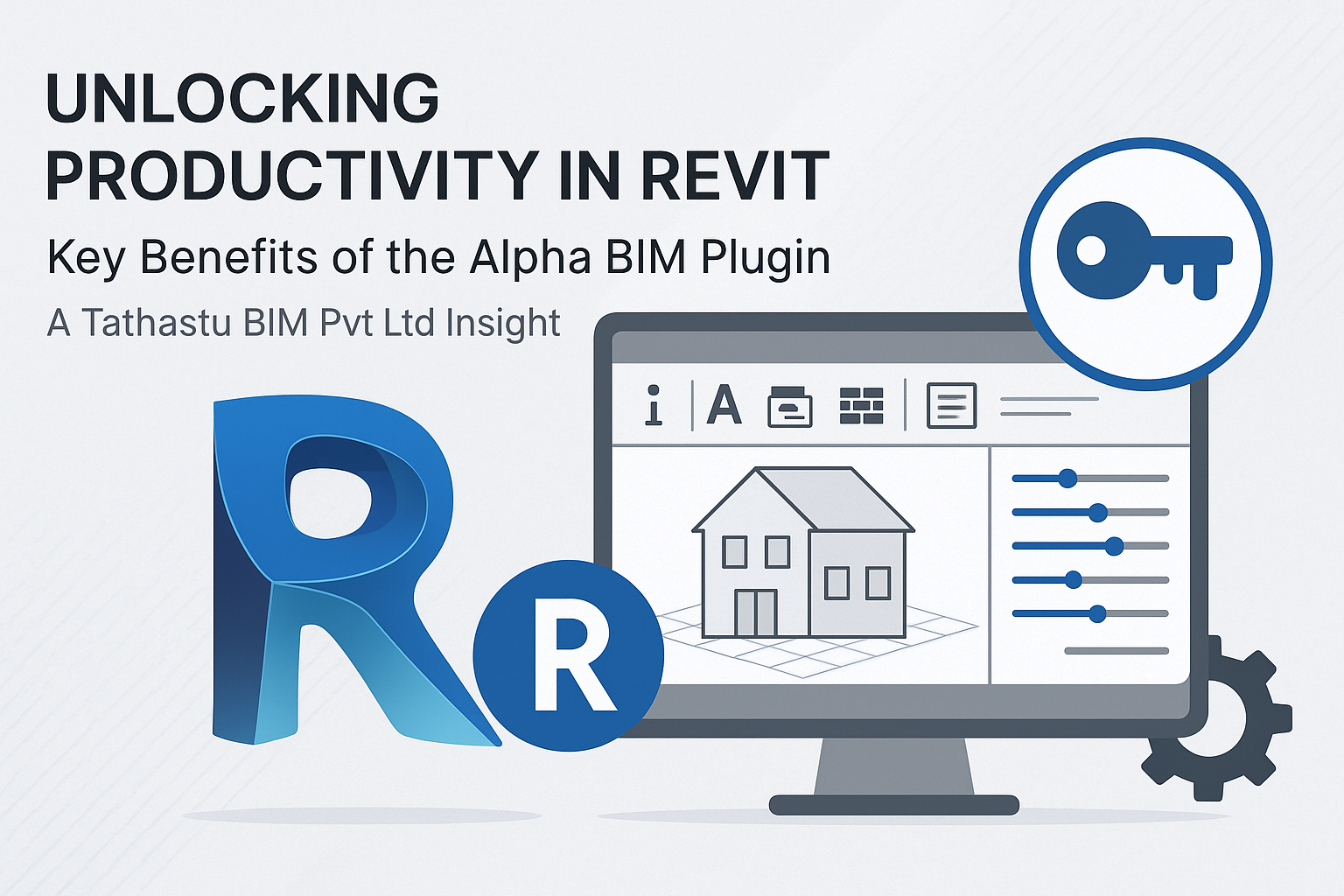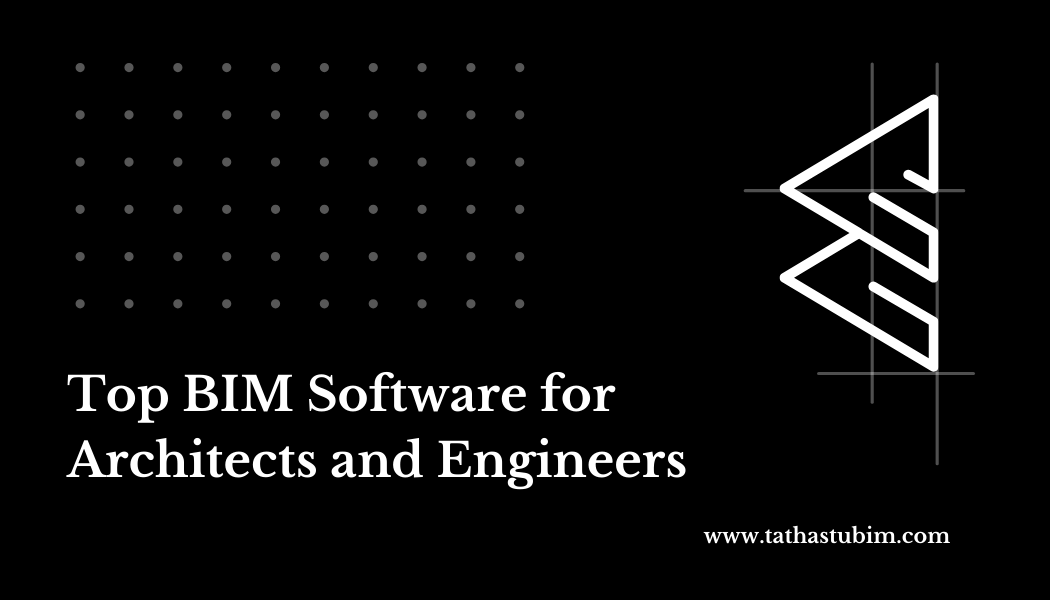


The Latest Trends in the AEC Industry: A Comprehensive Roundup
Welcome to our comprehensive roundup of the latest trends in the AEC (Architecture, Engineering, and Construction) industry! If you’re passionate about innovation, curious about cutting-edge technologies, or simply want to stay ahead of the game in this rapidly evolving field, then you’ve come to the right place. From groundbreaking sustainable practices to disruptive advancements in virtual reality and artificial intelligence, we’ll be diving deep into all that’s shaping the future of AEC. So fasten your seatbelts as we embark on an exciting journey through this transformative period where design meets technology – prepare yourself for a whirlwind tour of inspiration and insight!
Introduction
The AEC industry is constantly evolving, with new technologies and trends emerging all the time. It can be hard to keep up with all the latest developments, but luckily we’re here to help. In this blog post, we’ll be giving you a comprehensive roundup of the latest trends in the AEC industry.
So without further ado, let’s get started.
One of the latest trends in the AEC industry is Building Information Modeling (BIM). BIM is a process that uses digital models to create a more efficient and effective construction process. With BIM, architects and engineers can more easily collaborate on projects, and construction managers can more easily plan and execute construction projects. This leads to fewer errors and less wasted time and money.
Another trend that’s been gaining traction in recent years is prefabrication.Prefabrication is the process of manufacturing building components in a factory setting before they are assembled on-site. This can be used for everything from walls and ceilings to entire rooms or even buildings. Prefabrication has a number of advantages over traditional construction methods, including reduced construction time, improved quality control, and reduced on-site waste.
Sustainability is also increasingly important in the AEC industry. More and more companies are looking for ways to reduce their environmental impact, whether it’s through using sustainable materials or implementing energy-efficient designs. Sustainability doesn’
Technologies and Tools in the AEC Sector
The AEC sector is constantly evolving, and new technologies and tools are constantly being developed to help professionals in the industry do their jobs more effectively. In this section, we will take a look at some of the latest technologies and tools that are being used in the AEC sector.
One of the latest tools that is being used in the AEC sector is BIM (Building Information Modeling). BIM is a tool that allows professionals to create a digital model of a building or structure. This model can then be used to plan and design the construction process, as well as to manage and operate the building once it is completed. BIM has been found to be very effective in reducing errors and increasing efficiency in the construction process.
Another tool that is becoming increasingly popular in the AEC sector is drones. Drones are unmanned aerial vehicles (UAVs) that can be used for various purposes, such as surveying an area or delivering materials to a construction site. Drones can also be equipped with cameras, which can be used to take photos or videos of a construction site from above. This can be very helpful in planning and executing construction projects.
There are many other technologies and tools that are being developed for use in the AEC sector. These include 3D printing, virtual reality, and robotic technology. These new technologies have the potential to revolutionize the way that professionals in the AEC sector work, and they are sure to have a major impact on
Automation and Machine Learning
The AEC industry is constantly evolving and adapting to new technology. In recent years, there has been a shift towards automation and machine learning. This is due to the fact that these technologies can help to improve efficiency and accuracy in various aspects of the design and construction process.
There are many different software programs that offer automation and machine learning capabilities. Some of these programs are designed for specific tasks, while others are more general purpose. It is important to choose the right software for your needs, as not all programs will be equally effective for every application.
One of the main benefits of automation is that it can help to speed up the design process. In some cases, it can even eliminate the need for manual input altogether. This can free up time for other tasks, or simply make the design process less tedious. Machine learning can also be used to automate repetitive tasks, such as checking for errors in a design or analyzing data from previous projects.
Automation and machine learning are two of the latest trends in the AEC industry. These technologies can help to improve efficiency and accuracy in various aspects of the design and construction process.
Collaborative Design & BIM
Collaborative design and Building Information Modeling (BIM) are two of the latest trends in the AEC industry. Both of these approaches seek to improve communication and collaboration among designers, engineers, and other professionals involved in the construction process.
With collaborative design, all members of the project team work together from the beginning to develop a common understanding of the project goals. This approach can help reduce errors and rework, and it can also improve communication among team members.
Building Information Modeling (BIM) is a technology that allows for the creation of digital models of buildings. These models can be used to simulate various aspects of the construction process, such as weather conditions, traffic patterns, or even daylighting. BIM can also be used to create virtual walk-throughs of a building before it is constructed. This helps architects and engineers to verify that their designs will work as intended and identify potential problems early on.
Both collaborative design and BIM are becoming increasingly popular in the AEC industry as they offer significant advantages over traditional approaches.
Data Security
The AEC industry has been making headlines lately with a string of security breaches. Here are the latest trends in data security for the AEC industry:
- Cybersecurity insurance is on the rise. In the wake of high-profile cyber attacks, more and more AEC firms are buying cybersecurity insurance to protect themselves from liability.
The use of biometrics is becoming more common. By using things like fingerprints and iris scans, AEC firms can add an extra layer of security to their systems.
- Behavioral analytics is being used to detect threats. This technology tracks user behavior and looks for patterns that could indicate a security breach.
- Cloud computing is becoming more popular. With cloud-based solutions, AEC firms can free up IT resources and focus on other areas of their business.
- Mobile devices are being used more and more for work purposes. This means that AEC firms need to have robust mobile device management solutions in place to keep data secure.
Project Delivery Methods
There are a variety of project delivery methods used in the AEC industry, and the trend seems to be moving towards more collaborative approaches. Design-build is one method that has seen an increase in popularity in recent years. Under this method, a single entity is responsible for both the design and construction of a project. This can lead to better coordination and communication between the different teams involved, as well as a faster overall project timeline.
Another approach that is gaining traction is known as integrated project delivery (IPD). This methodology takes a more holistic view of a project, and aims to bring all stakeholders together from the very beginning to collaborate on every aspect of the build. IPD has been shown to lead to better quality results, as well as increased satisfaction from all parties involved.
Which delivery method is right for your next project will depend on a number of factors, including the size and scope of the work, your budget, and the preferences of your team. Whichever route you choose, make sure you do your research and select a reputable partner who has experience with your chosen approach.
Elements of Smart Buildings & Smart Cities
The built environment is evolving. With the rise of the Internet of Things (IoT), data-driven decision making, and an increased focus on sustainability, the AEC industry is undergoing a transformation. The phrase “smart buildings” or “smart cities” refers to the integration of technology into the built environment to create more efficient systems.
Smart buildings use sensors and data analytics to optimize energy use, lighting, temperature, security, and other functions. For example, by monitoring building occupancy patterns, automatic lighting controls can adjust light levels accordingly to save energy. Building management systems (BMS) are used to collect and analyze data from various subsystems within a building (e.g., HVAC, lighting, security). This information can be used to improve occupant comfort or safety, or reduce energy consumption.
Some of the benefits of smart buildings include:
- improved energy efficiency
- reduced operating costs
- enhanced occupant comfort and satisfaction
- improved indoor air quality
- increased safety and security
Smart city initiatives are similar to smart building initiatives but on a much larger scale. A smart city uses information and communications technology (ICT) to manage city assets – including infrastructure, transportation, utilities, and services – in a more efficient and sustainable way. The goal of a smart city is to improve livability and economic opportunity for its citizens.
Some examples of smart city initiatives include:
Intelligent transportation systems that use Sustainability Solutions
As the AEC industry continues to grow and evolve, so too do the latest trends. Today, sustainability is one of the most important topics in the AEC industry. With the world’s population continuing to grow and put pressure on natural resources, it is more important than ever to find ways to sustain our planet.
There are many different sustainability solutions being developed and implemented in the AEC industry. Some of the latest trends include:
Building Information Modeling (BIM): BIM is a digital technology that allows for better planning, coordination, and execution of construction projects. BIM can be used to help reduce waste and improve efficiencies throughout the construction process.
Sustainable Design: Sustainable design is an approach to design that takes into account the environmental impact of a project. Sustainable design solutions seek to minimize negative environmental impacts while still meeting the needs of clients and users.
Green Building Materials: Green building materials are those that have been designed and manufactured with sustainability in mind. These materials can help reduce the environmental impact of a construction project while still providing all of the necessary functions.
Robotics in Construction.
Construction is one of the most dangerous professions in the world. Every year, there are thousands of injuries and fatalities caused by construction accidents. In an effort to improve safety in the construction industry, many companies are turning to robotics.
Robotics can be used for a variety of tasks in construction, including material handling, demolition, and welding. By using robots for these tasks, construction workers can stay safe while working on potentially dangerous jobs.
While robotics is still a relatively new technology in the construction industry, it has the potential to greatly improve safety for workers. As more companies adopt robotics into their construction operations, we will likely see even more innovation in this area.
Conclusion
As the AEC industry continues to evolve, it is important for professionals in the field to stay informed of the latest trends. This article has provided a comprehensive overview of some of the more prominent trends that have recently emerged in AEC, including new technologies and approaches such as BIM and GIS integration, increased collaboration between clients and contractors, rapid prototyping tools like 3D printing, virtual reality simulation technology and many others. By understanding these changes early on and taking advantage of them, companies can set themselves up for success in an ever-evolving industry.
Popular Posts





